Barbara Hepworth's stunning legacy celebrated in Wakefield museum that bears her name
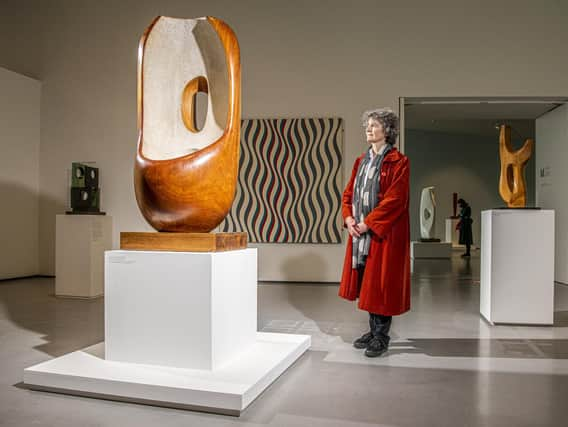

It’s hard to believe but it is now ten years since The Hepworth Wakefield first opened its doors to the public. In that time, it has made its mark regionally, nationally and internationally, and to celebrate a decade of programming world-class exhibitions, acclaimed by audiences and art critics alike, it is staging one of its largest, most ambitious shows to date.
Barbara Hepworth: Art and Life opened at the gallery recently and is the most expansive exhibition of the artist’s work since her death in 1975.
Advertisement
Hide AdAdvertisement
Hide AdPresenting an in-depth portrait, it explores Hepworth’s work, life, passions and ongoing legacy, using all ten gallery spaces in the building to cover the whole of her long career while shining a light on the breadth of her interests and how they influenced her work.
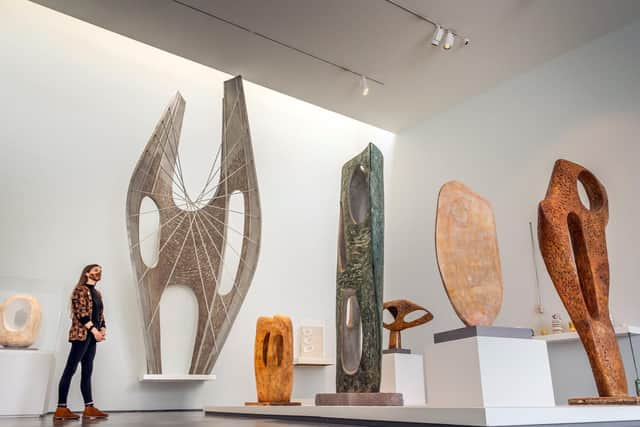

On display are some of Hepworth’s most celebrated sculptures, including the modern abstract carving that launched her career in the 1920s and 30s, her famous strung sculptures of the 1940s and 50s and the large-scale bronze and carved sculptures that she made later in her life, as well as rarely seen early drawings, paintings and fabric designs.
“We called the exhibition Art and Life because with Hepworth the two are so connected – she was interested in so many different areas; she really was a Renaissance woman,” says curator Eleanor Clayton. “She is known of course as a great sculptor but her paintings were wonderful and her draughtsmanship was very impressive, she made textiles and she wrote poetry and her own writing about her work is really interesting and insightful.
"She was involved in political campaigns – she was a lifelong Socialist and member of the Labour Party, she supported pacifist causes, around the Vietnam War for example, and campaigned for nuclear disarmament. She was also a talented pianist, she loved dance and was very passionate about music. The expanse of the show allows us to explore all that. A central theme in Hepworth’s work is the physical encounter with sculpture and how that can impact on the viewer and change their perception of the world; and I think that theme has become more pertinent over the past year.”
Advertisement
Hide AdAdvertisement
Hide AdSimon Wallis, director of The Hepworth Wakefield, agrees that the exhibition – the first at the gallery since it has been allowed to reopen with the latest easing of Covid-19 restrictions – couldn’t be more timely.
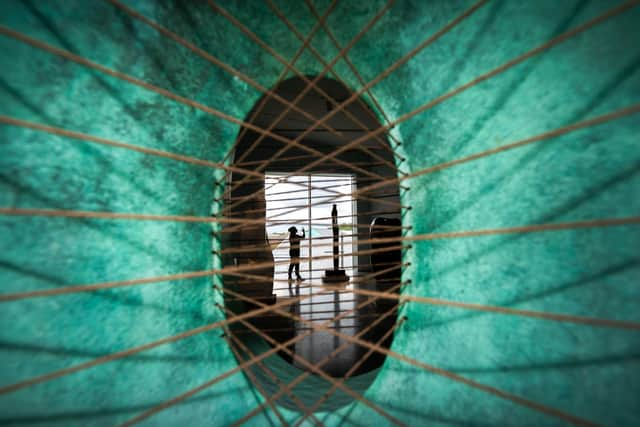

“I think we have all missed the experience of being in the same room as real-life art, and Hepworth’s sculptural work invokes such a bodily response in people. It is the best possible show to reopen with and we are so happy to be welcoming people back into the building. I feel almost as excited as when we first opened ten years ago.”
Those ten years have seen many highlights, including the gallery’s launch of the Hepworth Prize for Sculpture in 2015, the UK’s first ever prize for sculpture, and winning Art Fund Museum of the Year in 2017.
There was some resistance to The Hepworth when it was initially proposed, but Wakefield Council was committed to creating a purpose-built art gallery that celebrated the city’s most famous daughter and one of the most important artists of the 20th century.
Advertisement
Hide AdAdvertisement
Hide Ad“When I first took the job there was anxiety about whether the gallery would be a success and whether it would work for local people,” says Wallis. “We were lucky that we had a local authority that had a real ambition to make it work and an understanding of the importance of art and culture in our everyday life. The power of art is there for everybody and we have a really diverse audience.”
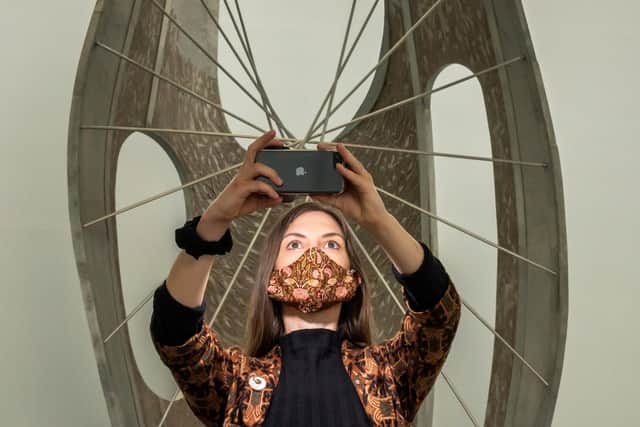

The original Wakefield Art Gallery was very forward-thinking and, supported by the council, had built up a significant collection of artworks since the early 1930s which the Hepworth inherited when it opened and on which it has continued to build. This is one area of which Wallis is particularly proud. “It is our responsibility to keep that collection going and it has meant so much to me to see it grow almost entirely through philanthropy, gifts and artist donations – that really is a vote of confidence. Collectors and artists know that the Hepworth is a wonderful home for their work.”
Born in Wakefield in 1903, Barbara Hepworth lived there with her family until the age of 18 and the city and its surrounding landscape both shaped her as an artist and continued to provide her with inspiration, which is one of the areas explored in the exhibition.
“Hepworth was always very clear that her upbringing in Yorkshire fed into her work in many different ways,” says Clayton.
Advertisement
Hide AdAdvertisement
Hide Ad“Her parents were always supportive of her creativity and there were particular locations in Yorkshire that inspired her; the family used to spend their summers on the coast – in the show we have two beautiful watercolours she painted of Robin Hood’s Bay which have never been shown together before – and it was there that she came into contact with professional artists, enabling her to see that as possible career for herself.”
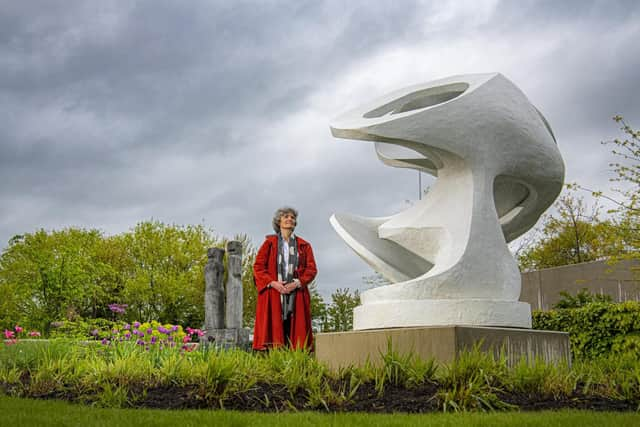

Hepworth’s father was county surveyor for the West Riding and, unusually for that time, he had a car. The young Hepworth would often accompany him on his surveying trips.
“She used to drive around with him, looking at the natural landscape but also the industrial landscape both of which influenced her thinking about sculptural form,” says Clayton. “She also always acknowledged the importance of her Yorkshire education – it was her headteacher at Wakefield Girls High School who recognised her artistic talent and put her forward for a scholarship.”
She went on to study at Leeds College of Art and then at the Royal College of Art in London, becoming successful from a relatively young age. What is so striking as you walk through the exhibition is the many different media that Hepworth explored and how versatile she was – her creative practice was fluid and far-reaching; her inspirations and influences wide-ranging.
Advertisement
Hide AdAdvertisement
Hide AdPolitics, science, music, dance, theatre are all represented. From the large-scale public art commissions to the beautifully carved wooden maquettes that invite you to touch them, to the brightly coloured abstract geometric lithographs, the exquisite watercolours painted when she was still a teenager, the detailed ‘hospital drawings’ she made of surgeons at work just after the war and the costume and set designs she made for theatre and opera in the 1950s – they are all evidence of a quest for and an openness to new experiences.
“There is such vibrancy in all her work,” says Clayton. “You can see she is excited by the process and excited by what sculpture and art can do to enliven our senses.”
For Clayton, Hepworth’s lasting legacy is partly as a result of her boundless curiosity, her desire to challenge herself, willingness to experiment with materials and form, to push at the boundaries of what sculpture is and could ber. All this, coupled with the breadth and depth of her interests, inspirations and cultural references makes for an incredibly rich body of work.
“I think Hepworth had this amazing way of bringing together things that seem to be opposites or unconnected – whether that is bringing together her very physical practice with ephemeral ideas and spirituality or looking back to the art of ancient civilisations and bringing them into the contemporary world. It is her ability to connect the ancient with the present day and the physical with the transcendental that makes her continually relevant because there is always something inspiring and beautiful to find in her work.”
Advertisement
Hide AdAdvertisement
Hide AdBarbara Hepworth: Art and Life, at the Hepworth Wakefield until February 27, 2022. Visitors are encouraged to pre-book tickets online via www.hepworthwakefield.orgSupport The Yorkshire Post and become a subscriber today. Your subscription will help us to continue to bring quality news to the people of Yorkshire. In return, you'll see fewer ads on site, get free access to our app and receive exclusive members-only offers. Click here to subscribe.